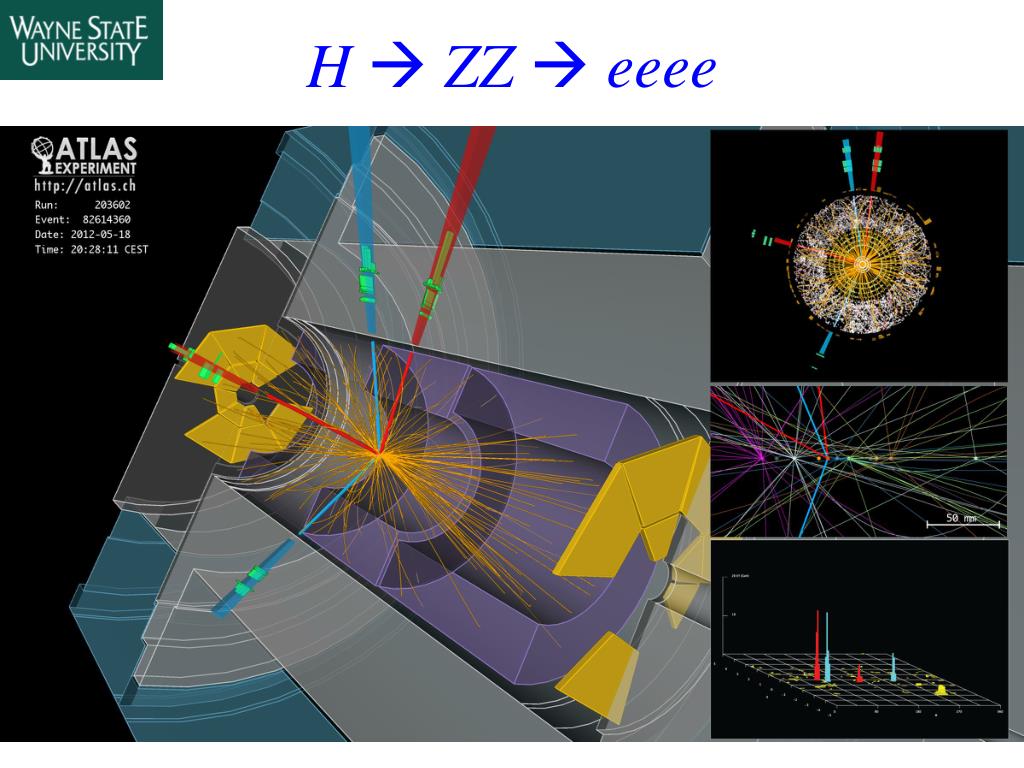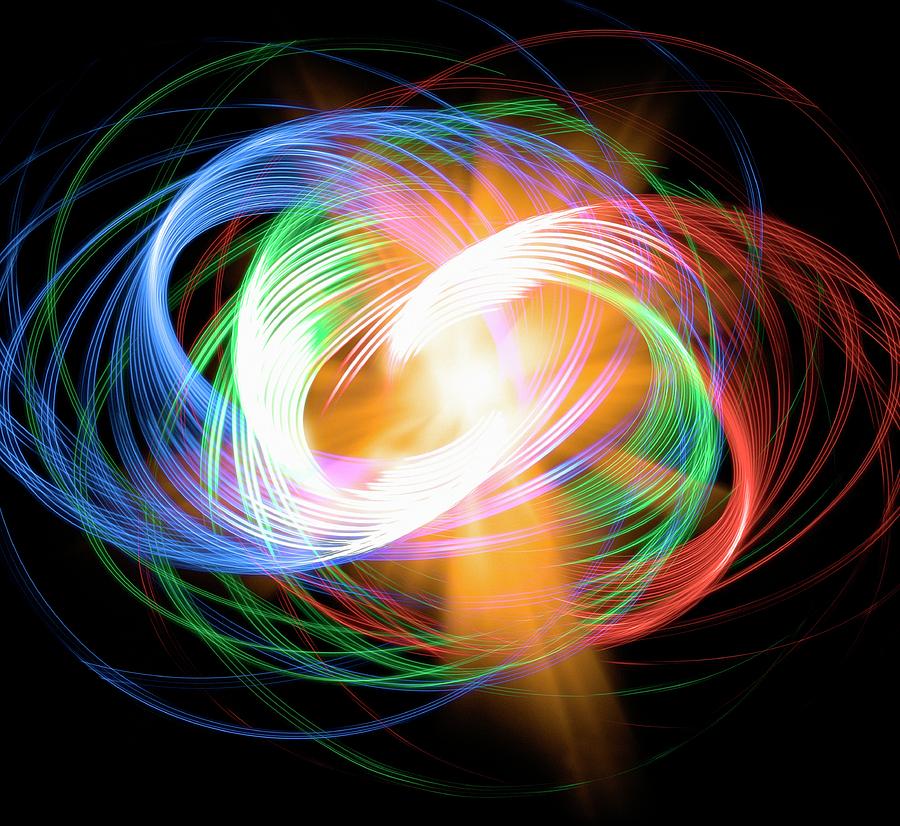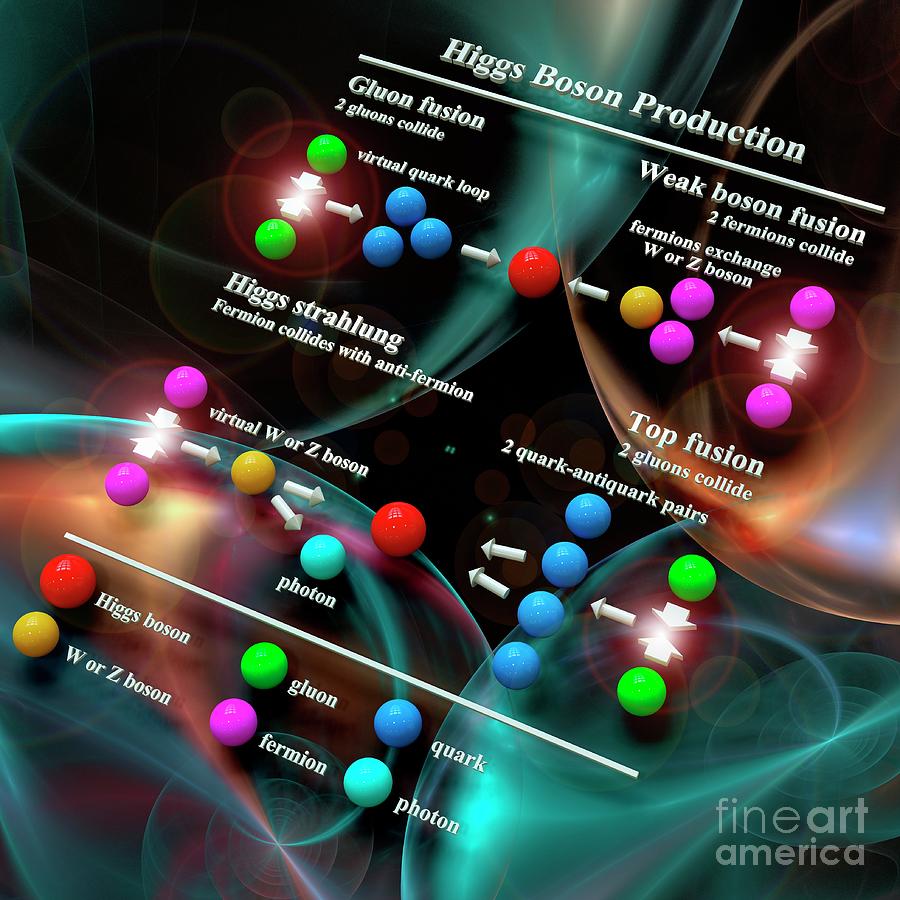

To the person in the street this may not sound a big deal. Instead, Dr Patel’s team found that only 85 muons were emitted for every 100 electrons.

For the forces that govern them, there is no difference between the two, an idea called “lepton universality”.īut that is not what the tallies counted by the lhcb showed. According to the accepted rules of particle physics, such decays should yield as many muons as they do electrons. One way in which these mesons decay is by the transformation of the bottom antiquark into a so-called “strange” antiquark and a pair of leptons, a different class of fundamental particle that includes electrons and their more massive cousins, muons. b mesons come in many varieties, but all have a constituent called a bottom antiquark. The value corresponds to a one-in-550 million chance that in the absence of a Higgs such a signal would be recorded.The lhcb team has spent the best part of a decade measuring how subatomic particles known as b mesons decay into lighter particles. The CMS results reported today reach a significance of 5.0 sigma, and the ATLAS team's results reach 5.9 sigma. On the scale that particle physicists use to describe the certainty of a discovery, one sigma means the results could be random fluctuations in the data, 3 sigma counts as evidence and a 5-sigma result is a discovery. Both ATLAS and CMS gave the level of significance of the result as 5 sigma. On 4 July the experiments reported indications for the presence of a new particle, which could be the Higgs boson, in the mass region around 126 gigaelectronvolts (GeV). The teams reported even stronger evidence for the presence of a new Higgs-like particle than they announced the month before.

The ATLAS and CMS collaborations submitted papers to the journal Physics Letters B outlining the latest on their searches for the Higgs boson. A more exotic version of the Higgs particle could be a bridge to understanding the 96% of the universe that remains obscure.Įxplore the resources prepared for press. All the matter that we can see, however, appears to be no more than about 4% of the total. Are its properties as expected for the long-sought Higgs boson, the final missing ingredient in the Standard Model of particle physics? Or is it something more exotic? The Standard Model describes the fundamental particles from which we, and every visible thing in the universe, are made, and the forces acting between them. The next step is to determine the precise nature of the particle and its significance for our understanding of the universe. Both experiments have observed a new particle in the mass region around 125-126 GeV. On 4 July 2012, as a curtain raiser to the year’s major particle physics conference, ICHEP 2012 in Melbourne, the ATLAS and CMS experiments present their latest preliminary results in the search for the long-sought Higgs particle. LEP was closed down on 2 November 2000 to make way for the construction of the LHC in the same tunnel. Measurements performed at LEP also proved that there are three – and only three – generations of particles of matter. It was then upgraded for a second operation phase, with as many as 288 superconducting accelerating cavities added to double the energy and produce W bosons, also carriers of the weak force. LEP collider energy eventually topped 209 GeV in the year 2000.ĭuring 11 years of research, LEP and its experiments provided a detailed study of the electroweak interaction based on solid experimental foundations. For seven years, the accelerator operated at 100 GeV, producing 17 million Z particles, uncharged carriers of the weak force.

Carlo Rubbia, Director-General of CERN at the time, is in the centre and former Director-General Herwig Schopper is on his left. The picture above shows physicists grouped around a screen in the LEP control room at the moment of start-up. LEP was commissioned in July 1989 and the first beam circulated in the collider on 14 July. CERN’s accelerator complex provided the particles and four enormous detectors, ALEPH, DELPHI, 元 and OPAL, observed the collisions. LEP consisted of 5176 magnets and 128 accelerating cavities. With its 27-kilometre circumference, the Large Electron–Positron (LEP) collider was – and still is – the largest electron–positron accelerator ever built.


 0 kommentar(er)
0 kommentar(er)
